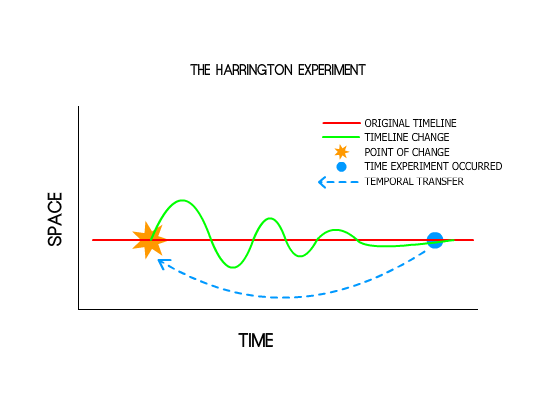Article 1 of the Charter for the Founding of the Third Age Unation states its aim to :
“Form a Union for all Mankind to ensure Freedom of Thought, Freedom of Action and Freedom from Labour, wherein the Safety and Protection of Sentient Life is our Greatest Responsibility.”
The T.A.U is not so much a country as a pan-global organisation of semi-independent states and regions. These include the North American Zone, the European Confederacy, the Asian Union, United Oceania and several smaller groupings. All of these are effectively under the jurisdiction and management of the Third Age Unation by mid 3.2.C.
It wasn’t always this way. The forerunner to the TAU was the Second Age Unation, itself only a short-lived bridge from the ancient Grand Unation. Over the past eleven centuries, with the ever-shifting powers and fluctuating populations, a strong world leadership took time to break free of the chronic corruption that was the undoing of so many, such as the ill-fated SAU.
The Third Age Unation consists of around 98% of humanity’s total population, with a jurisdiction that covers all five of the inhabited worlds of the Sol system, as well as the Gliese Marine Research Station.

